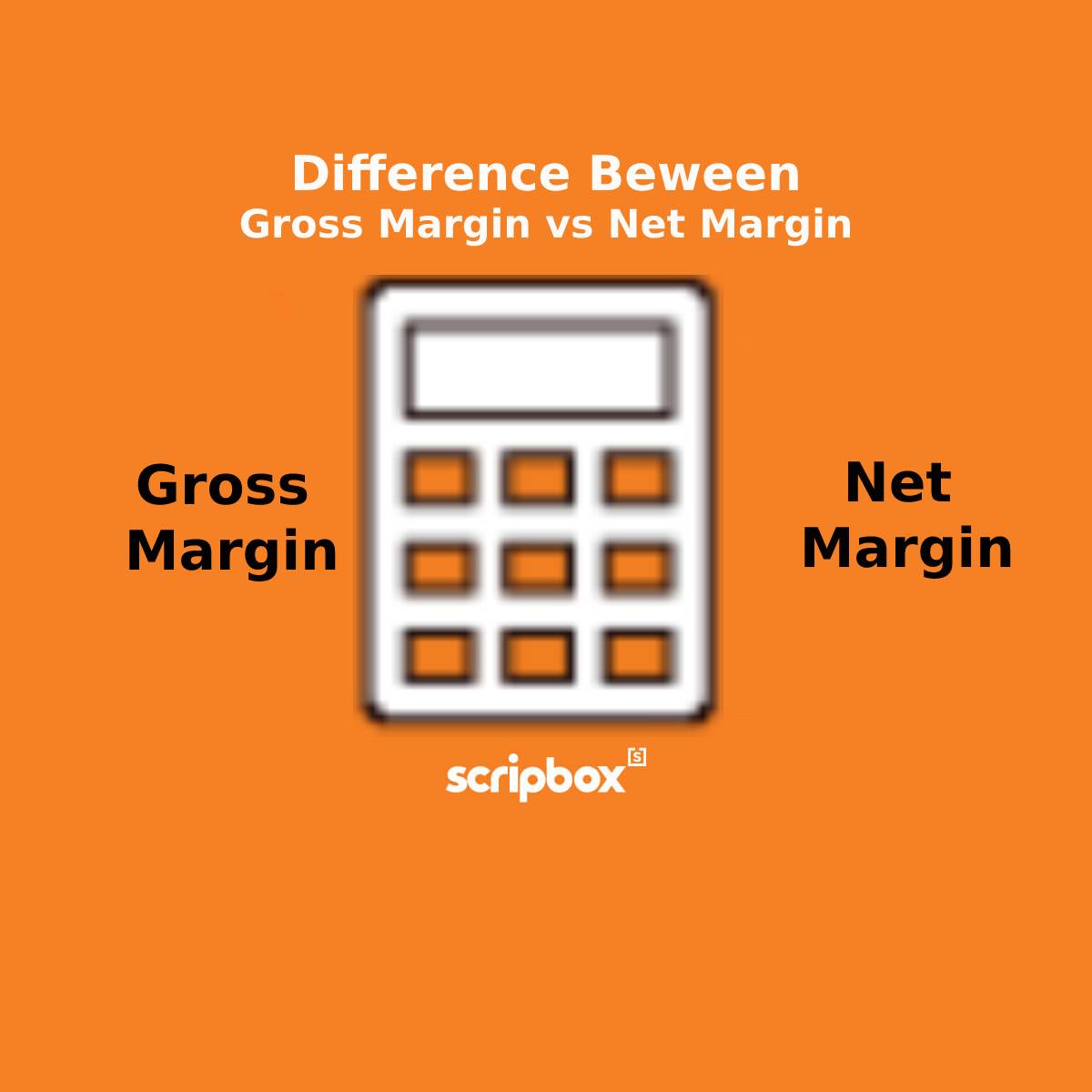There are multiple options for investors while investing in mutual funds based on their needs. But the two broad options mutual fund offers are Income Distribution Cum Withdrawal Pan (IDCW), previously known as the dividend option and the growth option. Often investors have a debate between IDCW vs Growth options in mutual funds.
Under the IDCW option, the profits made by the mutual fund scheme are paid out to investors at regular intervals. Alternatively, in the Growth option, the profits made by the mutual fund scheme are reinvested in the scheme instead of paying out to investors. Here, we summarise – IDCW vs Growth plan.
Difference Between IDCW and Growth Plan
The following table summarises IDCW vs Growth Plan.
| Parameters | IDCW Plan | Growth Plan |
| Fund Profits | Distributed to investors | Re-invested in the scheme |
| NAV | Dividends are paid from the fund NAV. Thus, ex-dividend NAV is lower. | NAV is higher because the reinvested profits also earn profits.(power of compounding) |
| Total Returns | Lower in comparison to the growth plan due to periodic dividend payouts. | Usually higher than the IDCW plan as it focuses on long-term wealth creation. |
| Taxation | Dividend income is taxable as per the individual’s income tax slab rate. | Short-term capital gains or long-term capital gains are applicable depending on the holding period of investment. |
| Suitability | Investors looking for regular cash flow from their investments. | Investors looking for long-term goals or want to grow money. |
Growth vs IDCW – Example
The following example will help us understand the changes in the value of the investment in IDCW vs growth plan after the dividend is declared.
| IDCW Plan | Growth Pan | |
| NAV of a mutual fund on 1st April 2023 | INR 20 | INR 20 |
| Investment amount | INR 10,000 | INR 10,000 |
| Units Allotted | 500 | 500 |
| NAV of a mutual fund on 31st March 2024 | INR 25 | INR 25 |
| Dividend Declared | INR 5 | – |
| Dividend Received | INR 2500 (500*5) | – |
| Post Dividend NAV | INR 20 (25-5) | INR 25 |
| Units Issued Against Dividends | INR 125 (2500/20) | – |
| Total Number of Units Held | 375 (500 – 125) | – |
| NAV | INR 20 | INR 25 |
| Value of the Investment | INR 7500 | INR 12500 |
From the above table, the NAV and the final investment value for the growth plan are higher. This is because after dividends are declared, the NAV falls down, and the investment value also falls down to the extent of the dividend paid by the fund.
IDCW vs Growth Mutual Fund – Which is Better?
Choosing between IDCW and growth plans depends on investors’ choices and needs. Even though the underlying portfolio remains the same for both options, the only difference is how the profits are distributed or reinvested.
The IDCW plan is suitable for investors seeking regular income for their investments as it gives them some element of liquidity. The money invested will flow back to them regularly. Also, dividend income is taxable per the investor’s income tax slab rate. However, investors lose the advantage of compounding under this option as a portion of investment value does not participate in future gains.
The growth plan is suitable for investors looking to grow money in the long term. This option gives an advantage of compounding as the profits are reinvested, which multiplies and creates wealth. Also, the capital gains are taxable depending on fund type and holding period. Therefore, investors must consider the tax implications and investment purpose while selecting the option.
Tax Implications on IDCW and Growth Plan
Taxation under IDCW Plan
With effect from April 1, 2020, dividends received from mutual funds are taxable in the hands of investors. The dividend income is considered under income from other sources, and investors pay tax per their income tax slab rate.
Taxation under Growth Plan
The taxation under this plan arises when the investor redeems the fund units. Also, it depends on the type of fund, i.e. equity or debt fund.
In equity funds, short-term capital gains are taxable at 15% if the holding period is less than a year. Long-term capital gains are exempted from tax up to INR 1 lakh and thereafter taxable at 10% if the holding period is more than one year.
In debt funds, short-term capital gains are taxable per the investor’s income tax slab rate if the holding period is less than three years. Long-term capital gains are taxable at 20% with indexation benefit if the holding period is more than three years.
From April 1st 2023, capital gains from mutual funds will be taxable as per the investor’s income tax slab rate. Thus, debt mutual funds will no longer have the LTCG benefit.
Related Pages























Show comments